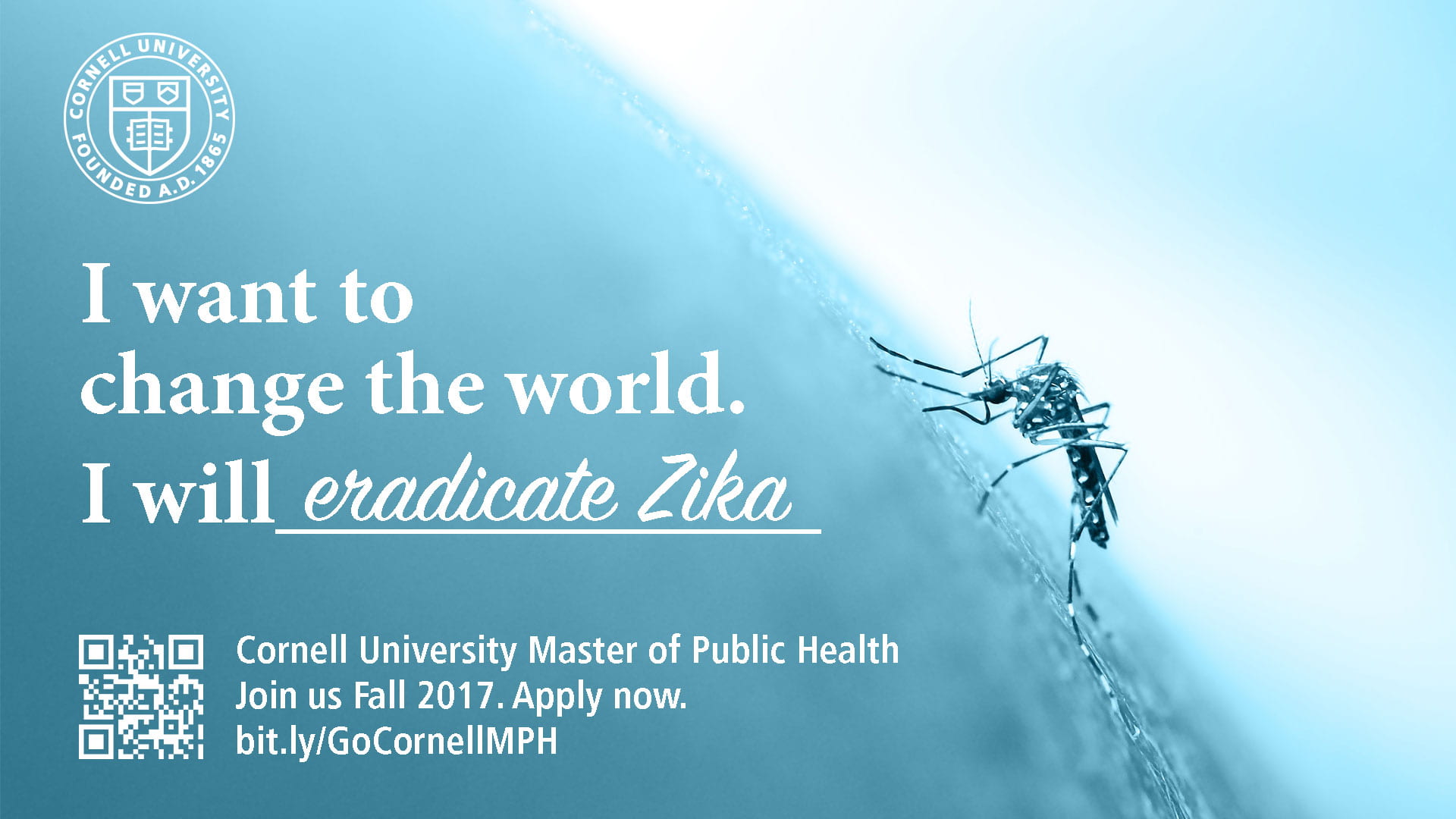Lyme Disease: an avoidable or unstoppable epidemic?

As winter recedes and people and their pets start to take advantage of spring weather, a certain pest often comes front and center in the news of the North Eastern United States: the blacklegged tick, carrier of Lyme Disease.
Lyme borreliosis is the most common and widely known tick-borne disease, but Borrelia burgdorferi is only one of more than a dozen bacterial, viral and parasitic agents transmitted by ticks to animals and humans.
“An additional complication is there are more than a dozen different types or species of ticks that can be found in New York State and each of them has different capabilities for transmitting different diseases,” explains Laura Goodman, a senior research associate at Cornell University School of Veterinary Medicine.
Goodman has developed a new process using nanoscale technology that can detect multiple pathogens at once. She is now adapting this method to test different types of ticks for a large number of disease agents. A long-term goal of her research is to detect and discover newly emerging pathogens.
According to Dr. Matthew J. Frye, an educator with the New York State Community Integrated Pest Management Program, risk of disease and awareness of the disease are both expanding.
https://youtu.be/IsH4UGfnssM
“Nearly 96% of all national cases of Lyme Disease occur in 14 states – New York being one of them. Only 1 in 10 Lyme disease cases are reported. Given that, it is estimated that 300,000 people in the US per year are affected by Lyme Disease.”

While numbers are increasing, Dr. Frye is hopeful that the growing epidemic is stoppable if certain and simple precautions are taken. “By understanding the biology of the vector – by understanding where the disease comes from, and how it’s transmitted – we can actually avoid Lyme disease and halt the spread.”
Frye points to two solutions:
- Public Health (Pro-active and Preventative): Provide effective education to inspire behavior change (wear long sleeves, use repellent, self-checks after being outside) which has proven successful in other scenarios
- Medical Community (Reactive): Ensure accurate diagnosis and testing to improve diagnosis and treatment
Luckily, Cornell University is at the forefront of making both of these solutions a tangible reality.
Currently, Cornell University College of Veterinary Medicine is asking the public to bring ticks in for further study and evaluation. The Diagnostic Center cautions anyone submitting a tick for testing to consult a physician regarding possible treatment as well. For more information about testing, consult the AHDC website.
In addition, a new CDC-funded and Cornell-led Northeast Regional Center for Excellence in Vector Borne Diseases will focus on conducting applied research to better prevent, control, monitor, track and respond to vector-borne disease outbreaks, such as Zika and Lyme. Under the direction of Laura Harrington, professor of entomology and one of the faculty members involved in the Cornell Master of Public Health Program, the center will develop new courses to educate a cadre of vector biologists and public health practitioners. The center will also fund applied research while forging unique collaborations between academic institutions and public health organizations.
“Our goal is to train the next generation to have the best possible knowledge and skills that they can apply to introduced threats or existing vector-borne disease threats,” Harrington said.
Cornell University as a whole exemplifies cutting-edge research and innovation in public health. We work across animal, human, and environmental disciplines and are committed to sustainability and community engagement for impact. We seek to change the world. Won’t you join us?
Apply now to Cornell University’s Master of Public Health Program to begin your studies in the Fall of 2017.
